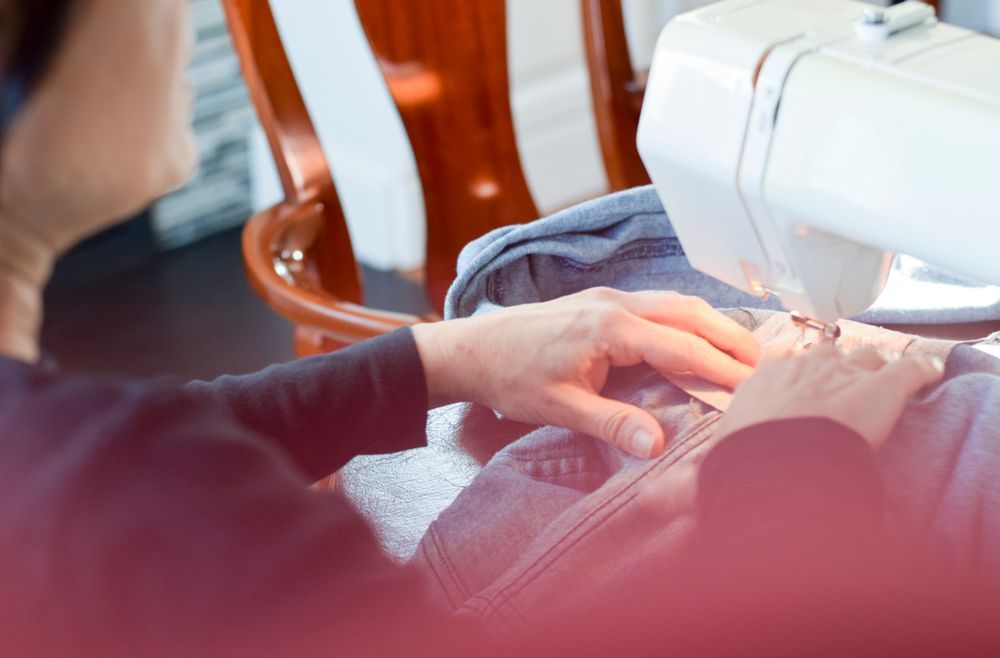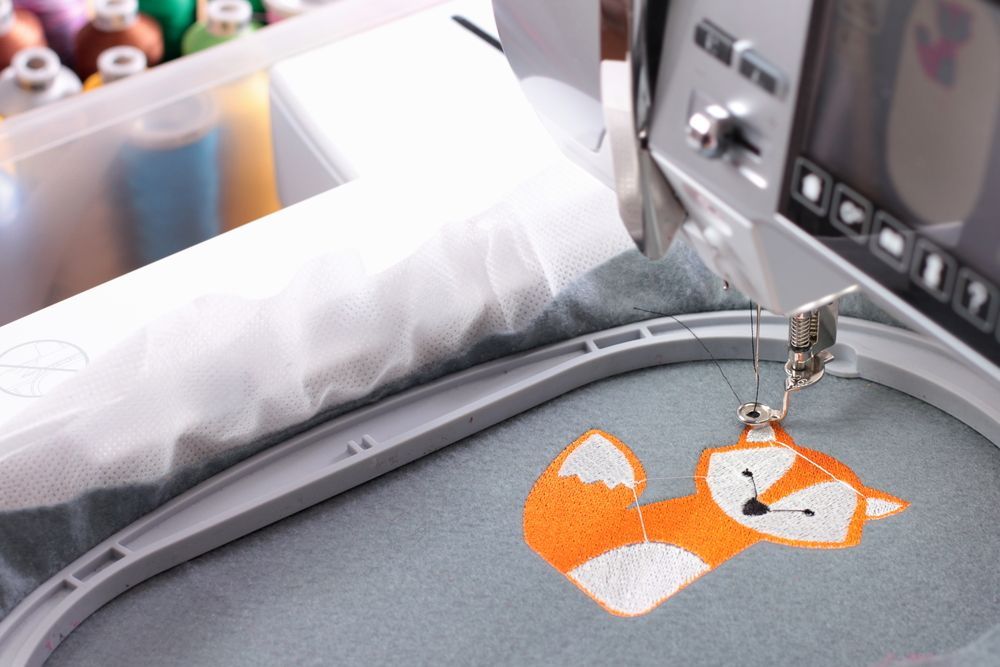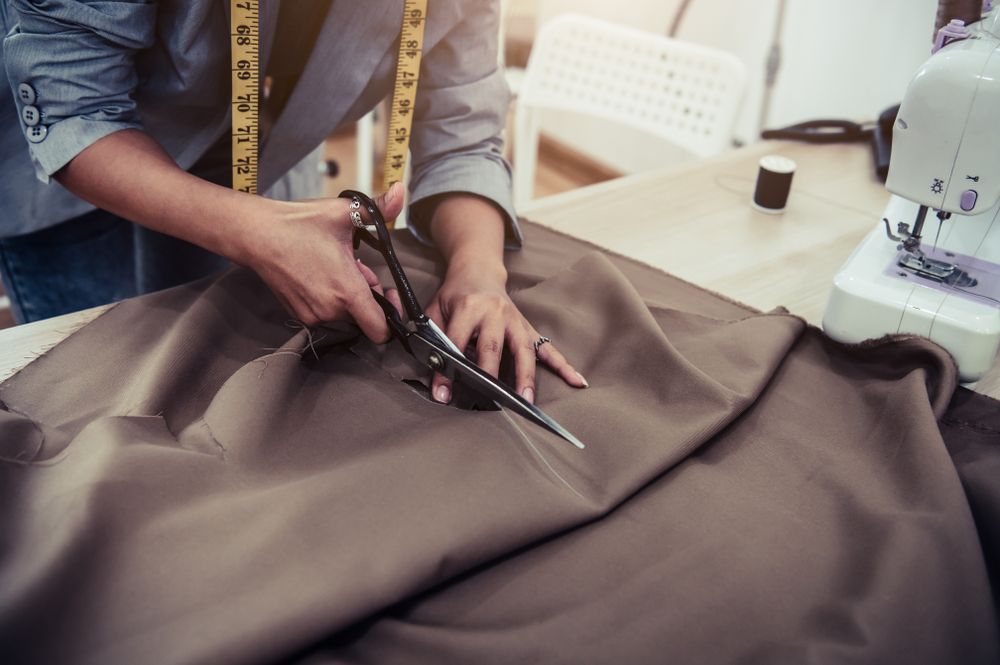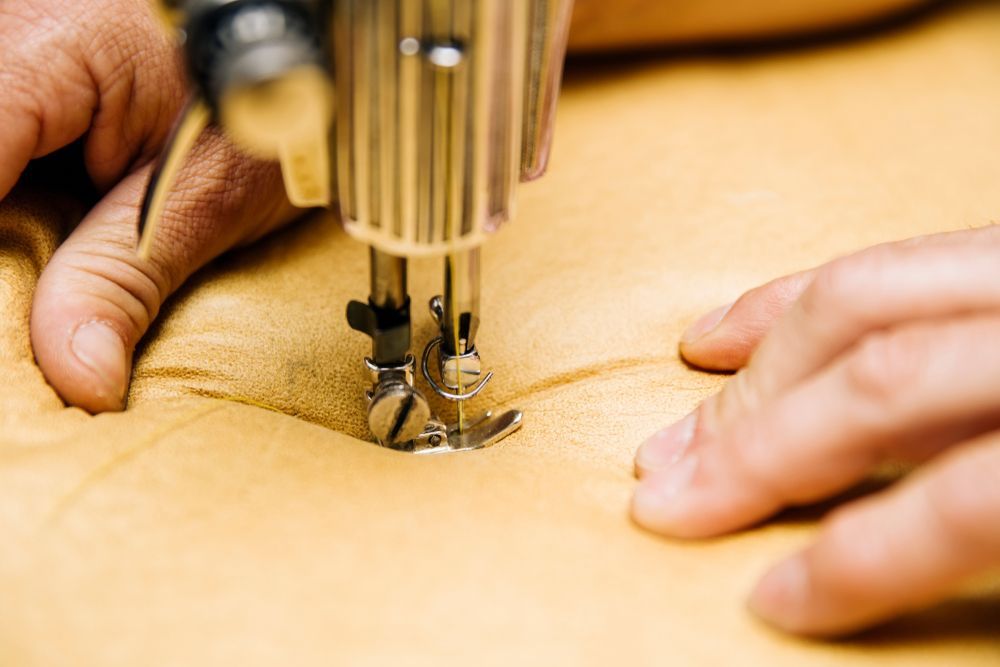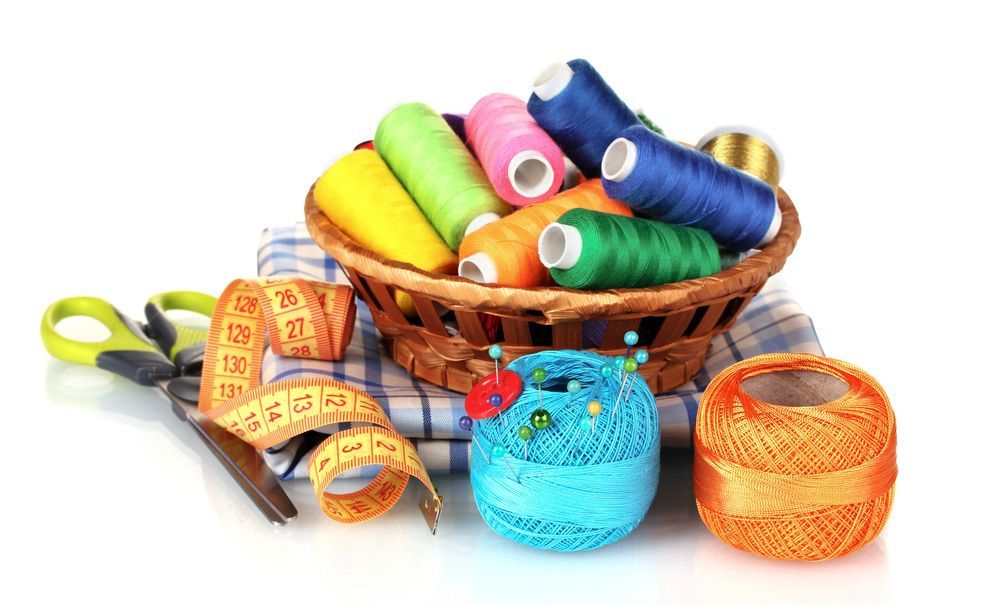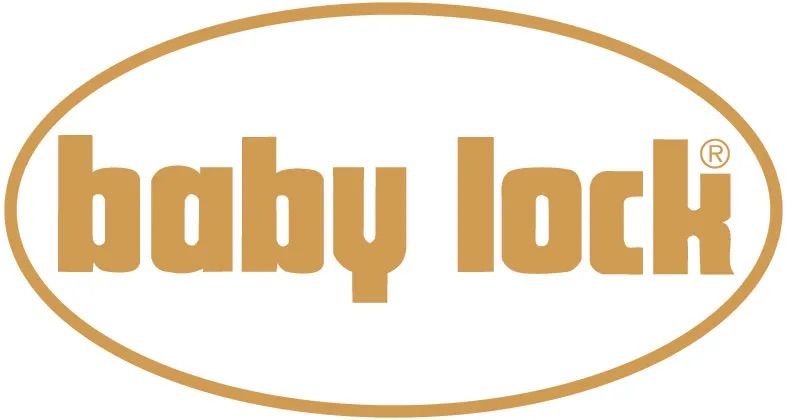Why Your Embroidery Machine Needs Servicing
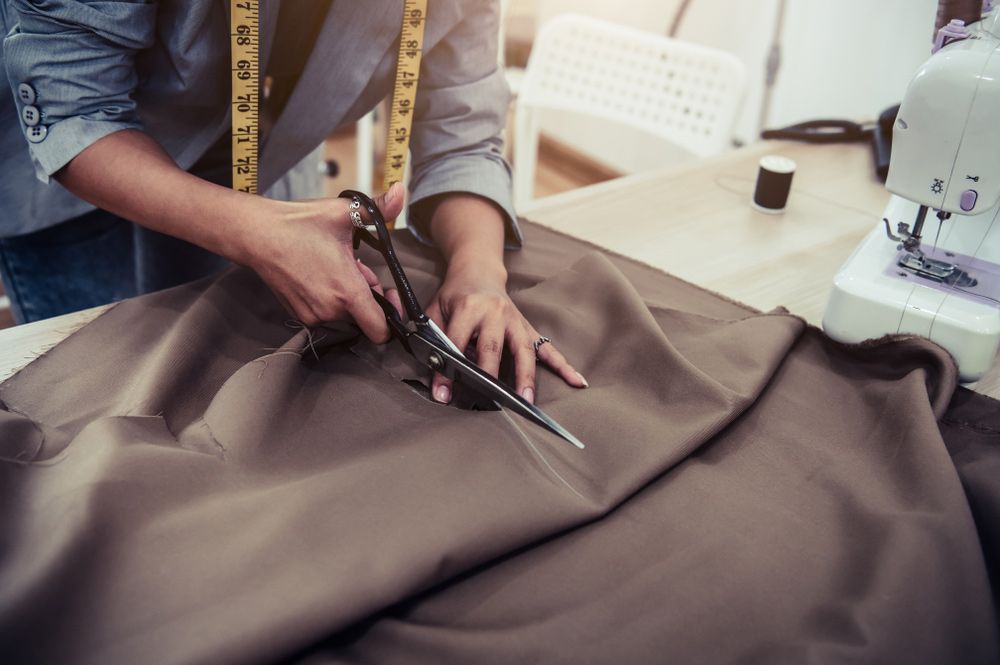
Many who own an embroidery machine may be unaware of some differences when your machine is doing embroidery but not normal sewing functions.
More than you ever imagined…
Domestic embroidery machines have been with us now for close to 20 years, but only within the last 5 years has the true potential of these machines begun to be tapped. With the rise of the internet, plus the rapid advances of technology in sewing machines, we are seeing these machines being used far more than first imagined when Singer and Janome released embroidery machines. This has placed stresses on these machines that need to be acknowledged and monitored as part of a normal service regime. Thirty years ago, it was normal for a machine to be used for around 2 hours a week. This was usually in a stop/start fashion, and garment construction typically involved short bursts on the machine. For most home sewers, this is probably still the case, with domestic machines used a little less in favour of some functions that can be performed with an overlocker.
Are you a serious embroidery addict?
An embroidery machine can be working up to 6 hours a day for a serious addict. For instance, when an embroidery machine is sewing a design in 1 colour using 25,000 stitches, it’s equivalent to sewing 625 metres in one direction without stopping. This places considerable stress on the mechanical part of the machine and creates wear in the thread handling areas. There will also be a build-up of thread dust, fabric fibres and little bits of stabiliser that can foul a mechanism. Therefore, it is vitally important that embroidery machines are regularly serviced (at least every 12 months). If a large amount of work is done with the machine (more than 10 hours a week), then a 6 monthly cycle is recommended.
What happens when it’s not serviced regularly?
We have seen the results of embroidery machines that are not serviced regularly—it’s not pretty. Lack of lubrication leads to failure of main shafts in some embroidery machines and increased noise in many machines. Build-up of lint damages tension units, and general wear can lead to multiple parts replacement in others.
In most cases, these problems are avoidable with regular service. A hook damaged by 3 years of sewing without a service can cost as much as $250 to replace. With a yearly service, this could have been repaired without the need for replacement.
Most lubrication problems will be dealt with by preventative maintenance. If your machine seizes up, a lot more will need to be done that would not have happened if the embroidery machine had regular services.
You have invested a lot of money in your hobby. Keeping your embroidery machine going for as long as possible requires a little bit of ongoing investment. Remember, prevention is better than the cure.
